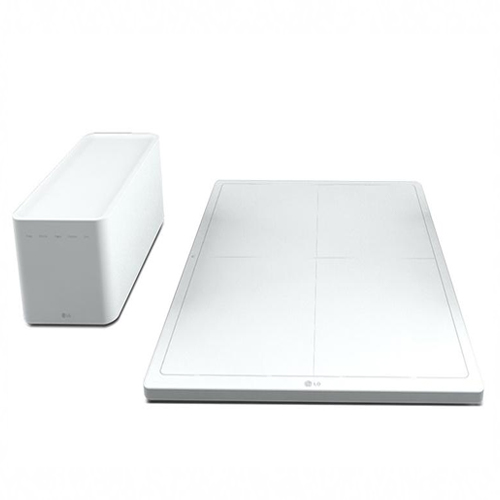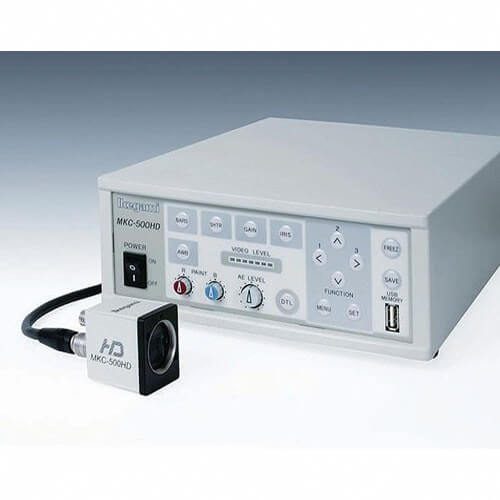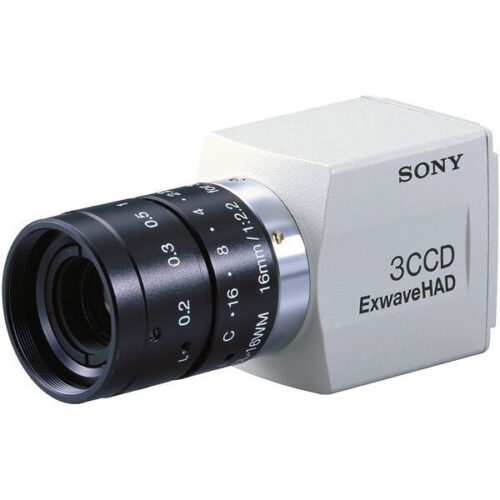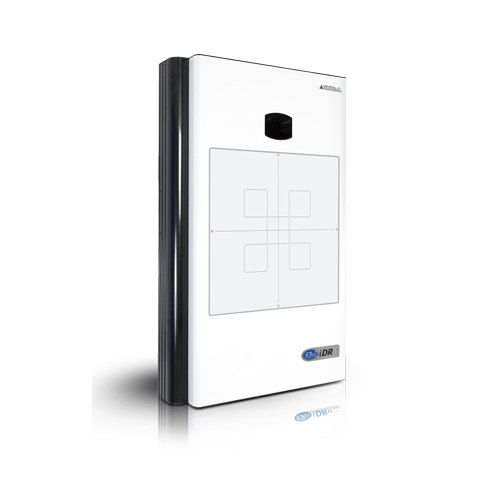The Chrome Neo is paired with XC™, iCRco’s superior image acquisition software. Custom settings can be defined based on user preference, allowing you to apply advanced image processing algorithms to look for even the smallest details. Add our complete computed radiography workflow solution and you have the whole package – image acquisition, practice management, PACS, a desktop viewer, a mobile viewer for the iPad™ or iPhone™, an incomparable image wizard, and a comprehensive QC tool. It’s neonatal/ pediatric imaging as you’ve never seen it before.
iCRco ChromeNeo The Elemental Neonatal CR
PRICE REQUEST
Description
iCRco ChromeNeo The Elemental Neonatal CR
The iCRco ChromeNeo is a single-bay cassette system which combines an ultra-high resolution scan sensor with low dose Crystal IP plates, making it the choice CR system in the industry for pediatrics and neonatology, where dose reduction is crucial. We developed ICE-3, an image clarity enhancement algorithm specifically designed for pediatric and neonatology applications and added image processing XC™ software. XC provides superior quality images every time with an option to further manipulate the images.
Our high resolution phosphor screen detectors are protected inside an ultra-thin lightweight cassette. The cassette is made of carbon fiber, aluminum and steel – it’s extremely robust and specially designed to withstand demanding work environments. ChromeNeo offers high resolution phosphor and Crystal IP.
Crystal IP technology introduces specially grown crystals, positioned side by side, to provide higher phosphor packing density. The Crystals act as light guides, thereby strongly reducing light spread in the phosphor layer resulting in ultra-high resolution images and higher X-ray absorption at a much lower dose than standard phosphor screens.
Crystal IP technology introduces specially grown crystals, positioned side by side, to provide higher phosphor packing density. The Crystals act as light guides, thereby strongly reducing light spread in the phosphor layer resulting in ultra-high resolution images and higher X-ray absorption at a much lower dose than standard phosphor screens.






